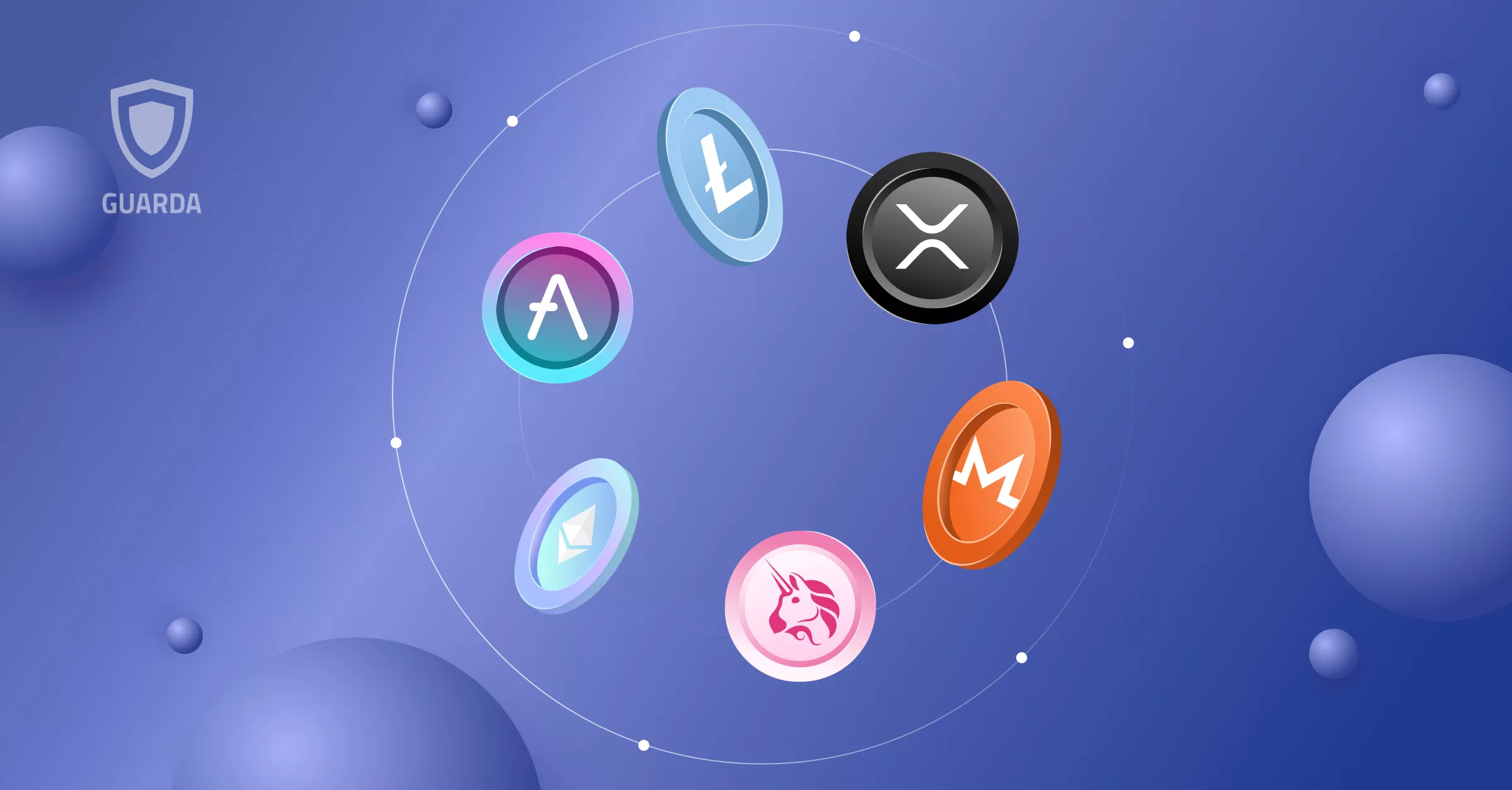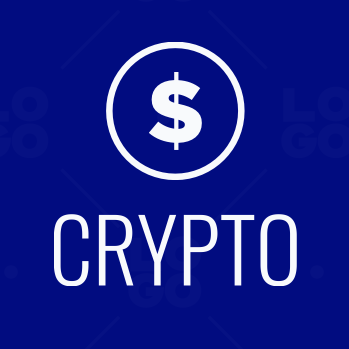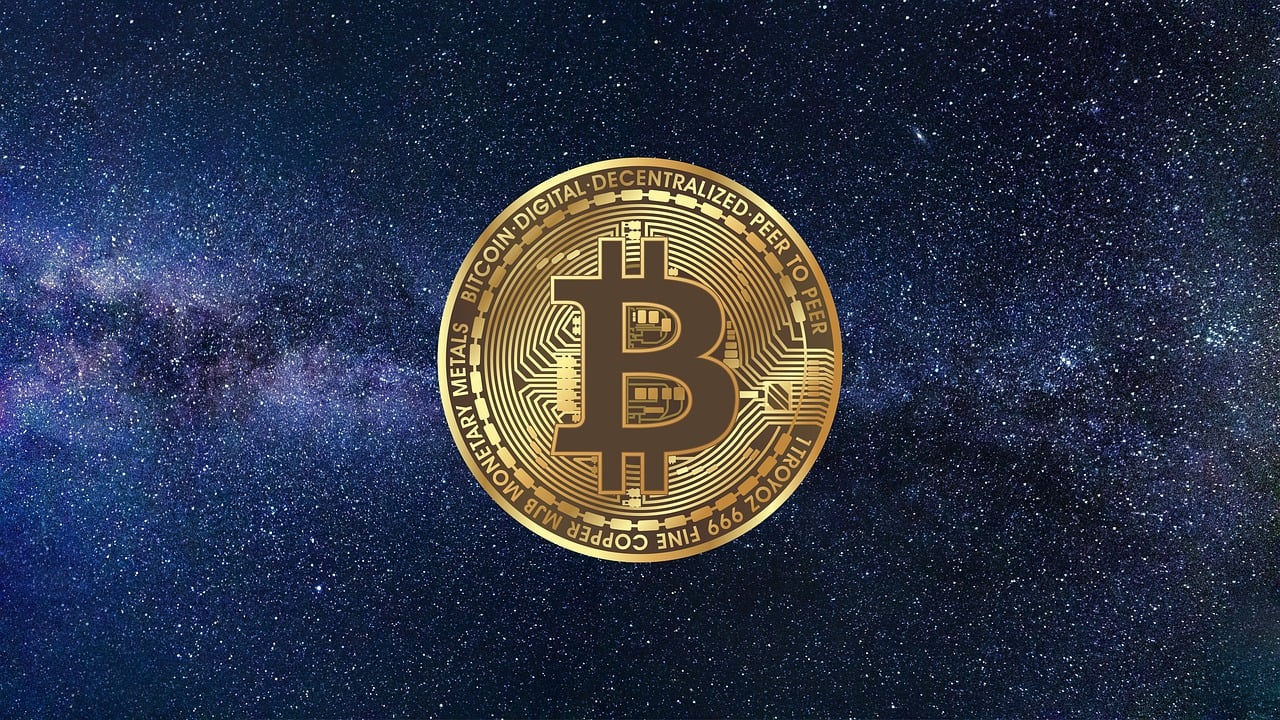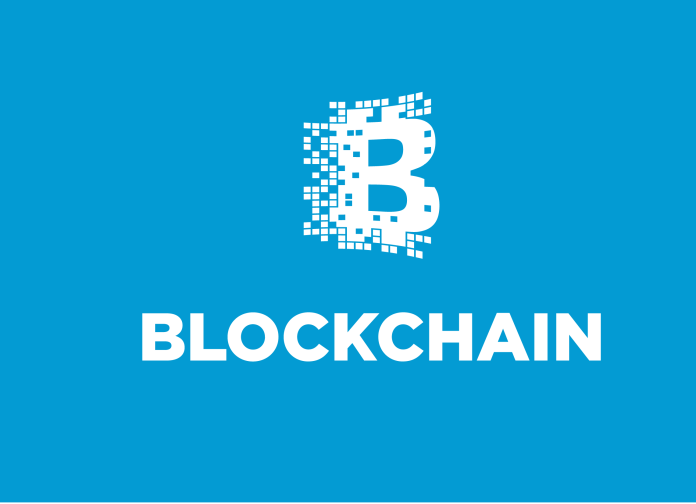3 SHORT KEY TAKEAWAYS
- Altcoins with real-world use cases are leading crypto’s shift from speculation to infrastructure.
- Utility-focused projects are solving real problems in payments, identity, gaming, and data ownership.
- In 2025–2026, long-term value increasingly depends on real adoption, not market hype.
Top 10 Altcoins with Real-World Use Cases in 2025–2026: Crypto Beyond Speculation
By 2025, the cryptocurrency ecosystem has matured well beyond speculation. While Bitcoin and Ethereum remain foundational pillars, altcoins with real-world use cases are gaining renewed attention—not just from retail investors, but also from enterprises, developers, and governments.
These aren’t “meme coins” riding hype cycles. These are projects solving real problems—in areas like cross-border payments, decentralized identity, supply chain management, and data ownership.
As global regulations solidify and blockchain infrastructure becomes more scalable, the altcoins gaining traction in 2025 and into 2026 are those proving their relevance outside of crypto-native circles. In this piece, we examine what’s driving the shift, and why the altcoins making the biggest impact are often those hiding in plain sight.
Why Real-World Utility Now Matters More Than Ever
The speculative era of altcoins—defined by pump-and-dump cycles, anonymous founders, and little-to-no product—peaked long ago. In its place, a new market reality has emerged: practicality and compliance are king.
Key drivers of this shift include:
- Institutional adoption of blockchain-based systems in banking, logistics, and public infrastructure.
- Regulatory clarity in key jurisdictions like the EU, UAE, and parts of Asia, driving demand for compliant, useful tokens.
- Layer 2 scaling and cross-chain infrastructure, making blockchain more usable and cost-efficient for everyday applications.
- Consumer applications in gaming, healthcare, and identity that require more than just theoretical decentralization.
In this environment, altcoins with real-world utility are becoming critical building blocks of the next phase of Web3.
Use Cases That Go Beyond Crypto Trading
While many altcoins still serve roles within crypto-native ecosystems (governance, staking, DeFi liquidity), the standout tokens of 2025–2026 are bridging on-chain solutions with off-chain problems.
Some of the strongest real-world use cases today include:
- Cross-border remittances: Fast, low-cost international transfers for underbanked populations.
- Decentralized identity systems: Verifiable credentials for education, healthcare, and finance.
- Tokenized supply chains: Transparent tracking for goods and carbon credits.
- Data monetization and storage: Enabling users to own and sell their personal data.
- Play-to-earn and asset ownership in gaming: Giving players economic agency in virtual environments.
- Energy and sustainability platforms: Tokenized carbon credits and smart grid integration.
These are not theoretical pilots. They’re live networks with growing user bases and enterprise partnerships.
A Snapshot of Top Altcoins with Utility in 2025
Without leaning heavily on listicles, here’s a snapshot of notable altcoins that have gained ground for their proven, real-world applications as of 2025:
- Chainlink (LINK): Powering real-time data feeds for DeFi and enterprise smart contracts. In 2025, its Cross-Chain Interoperability Protocol (CCIP) is being used in banking pilots globally.
- Polygon (MATIC): Used extensively for Web3 infrastructure, NFT ticketing, and tokenized identity programs in India and Southeast Asia.
- XRP (Ripple): Despite regulatory hurdles in previous years, XRP’s payment rails are active in several remittance corridors across Asia and Latin America.
- Stellar (XLM): Targeting financial inclusion through partnerships with NGOs and development banks. XLM supports stablecoin-powered cash assistance programs in emerging markets.
- Arweave (AR): Powering decentralized storage for institutional archives, NFTs, and even journalism—ensuring tamper-proof, permanent data storage.
- Helium (HNT): With its migration to Solana, Helium now powers IoT networks for logistics and smart cities with greater efficiency and improved token economics.
- Render (RNDR): Bridging AI and Web3 by decentralizing GPU computing power—now integrated into digital content pipelines for studios and game developers.
- Ocean Protocol (OCEAN): Enabling private data sharing in healthcare and AI, with real deployments in hospital networks and research labs across the EU.
- Celo (CELO): Mobile-first and carbon-negative, Celo powers localized payment systems and climate action programs in Africa and Latin America.
- Immutable (IMX): A leader in Web3 gaming infrastructure, enabling fast and carbon-neutral minting of in-game assets and NFTs for major studios.
These tokens represent more than just tradable assets. They are infrastructure tokens, powering platforms that touch real people in real industries.
The Investment Shift: Utility Now Trumps Hype
In 2026, retail investors are more educated—and institutional players are more involved. This environment favors projects with clear business models, visible traction, and regulatory pathways.
The key questions investors now ask include:
- Does this token solve a real problem?
- Is it being used outside of crypto-native circles?
- Is there enterprise or government adoption?
- Does the protocol generate sustainable demand for the token?
Altcoins with real-world use cases tend to answer “yes” to all four, and as a result, they’re attracting long-term capital over speculative hype.
Also read:What Is a Crypto Wallet?
Real-World Use Means Long-Term Value
The altcoin ecosystem is entering a new maturity curve. In the same way the early internet saw a shakeout of unsustainable projects, crypto is going through its own version of a post-hype consolidation.
What remains are protocols tied to real outcomes: saving costs, improving transparency, creating new markets, or solving inefficiencies. And with governments, Fortune 500 companies, and development agencies now leveraging blockchain in their operations, the best-positioned tokens are those built to interface with the real world.
That doesn’t mean the speculative layer of crypto is gone. But the projects that will last—and matter—are already proving their worth beyond the charts.
Conclusion: Utility Defines the Future of Altcoins
As 2025 turns to 2026, crypto’s next chapter is increasingly defined not by market cycles but by practical deployment. Investors and builders alike are turning toward altcoins with real-world utility—projects that solve tangible problems, integrate with legacy systems, and provide long-term infrastructure for decentralized innovation.
These aren’t tokens to chase. They’re tokens to understand, evaluate, and potentially hold—not for the next hype wave, but for the next decade of digital transformation.




